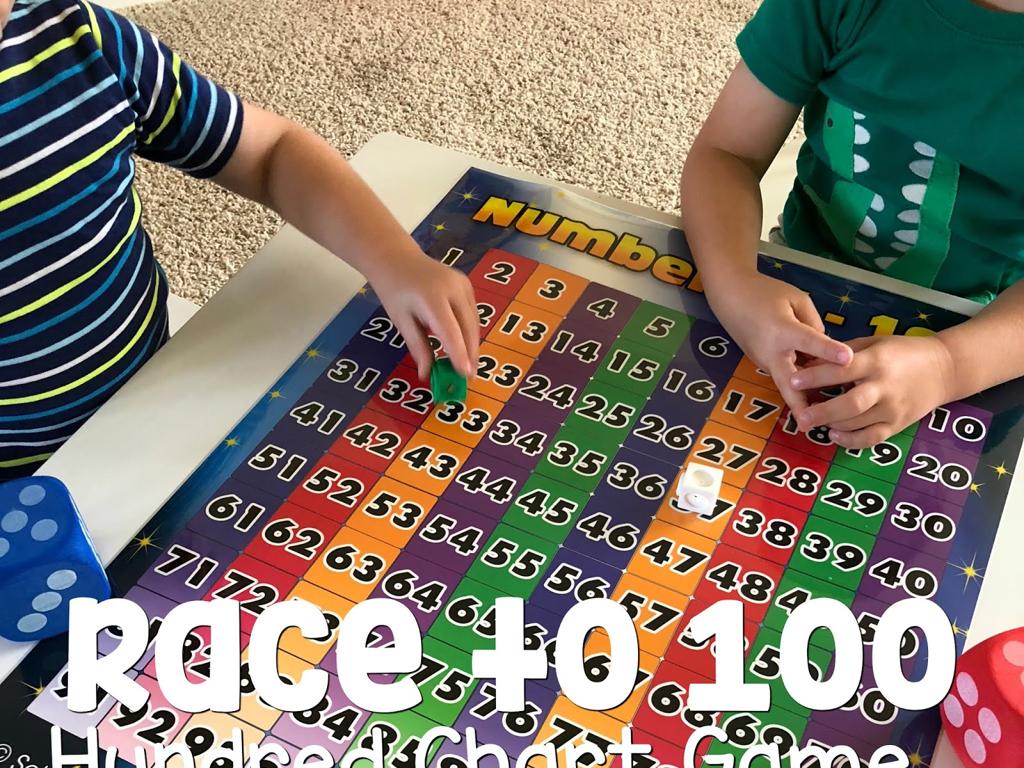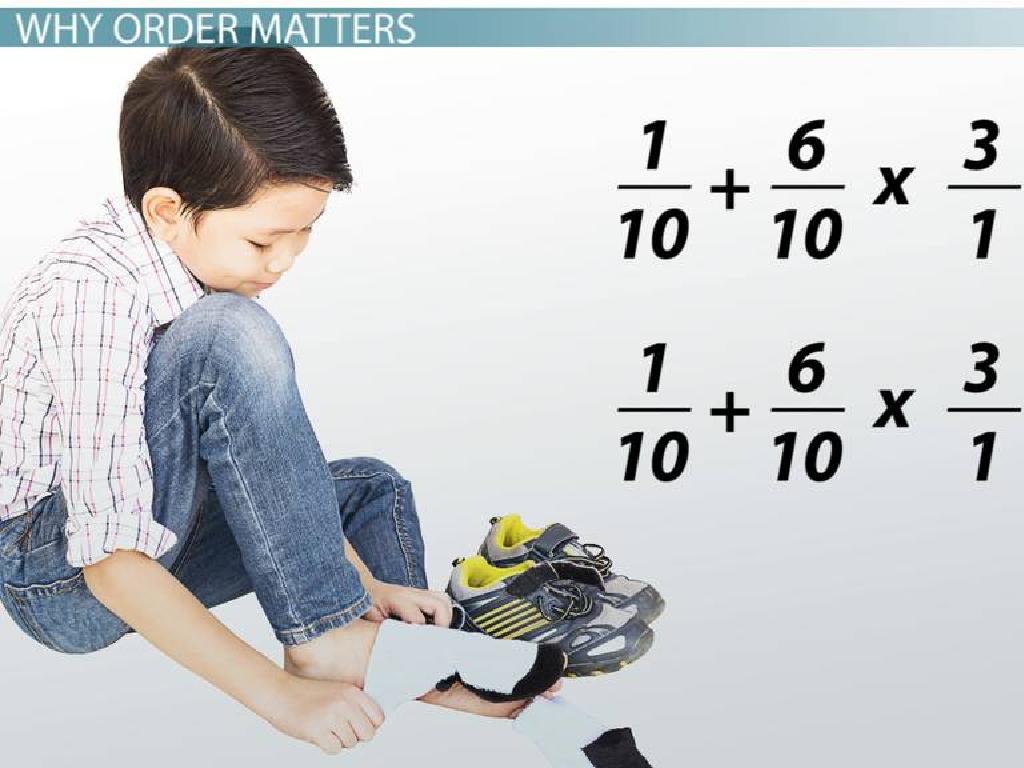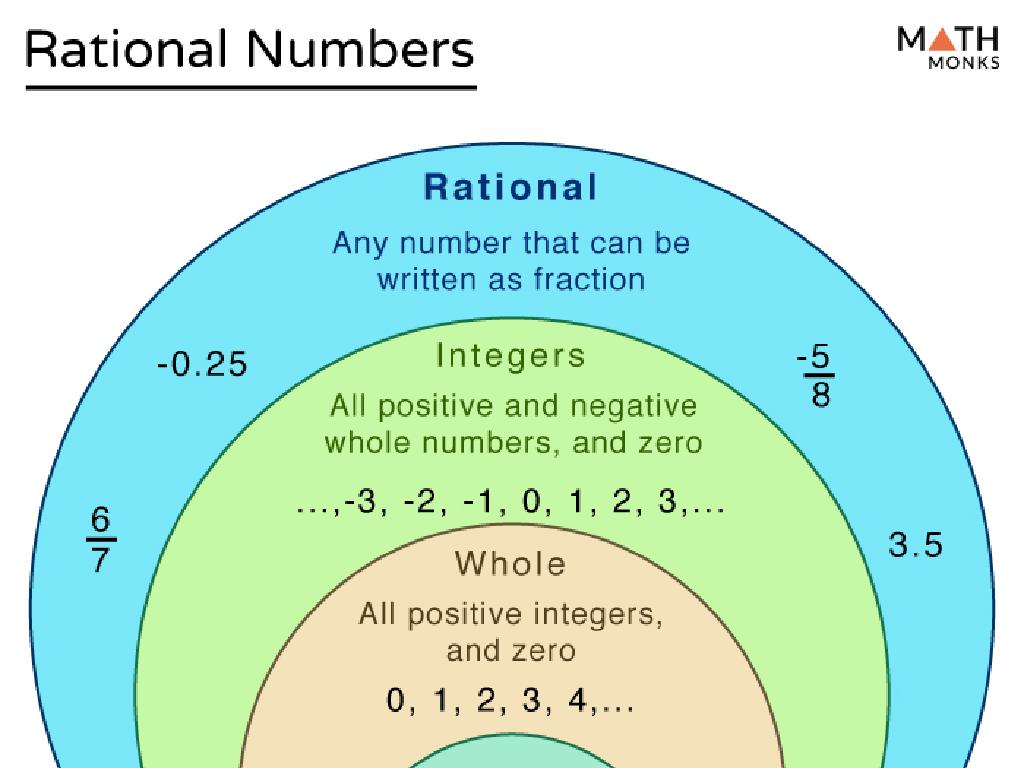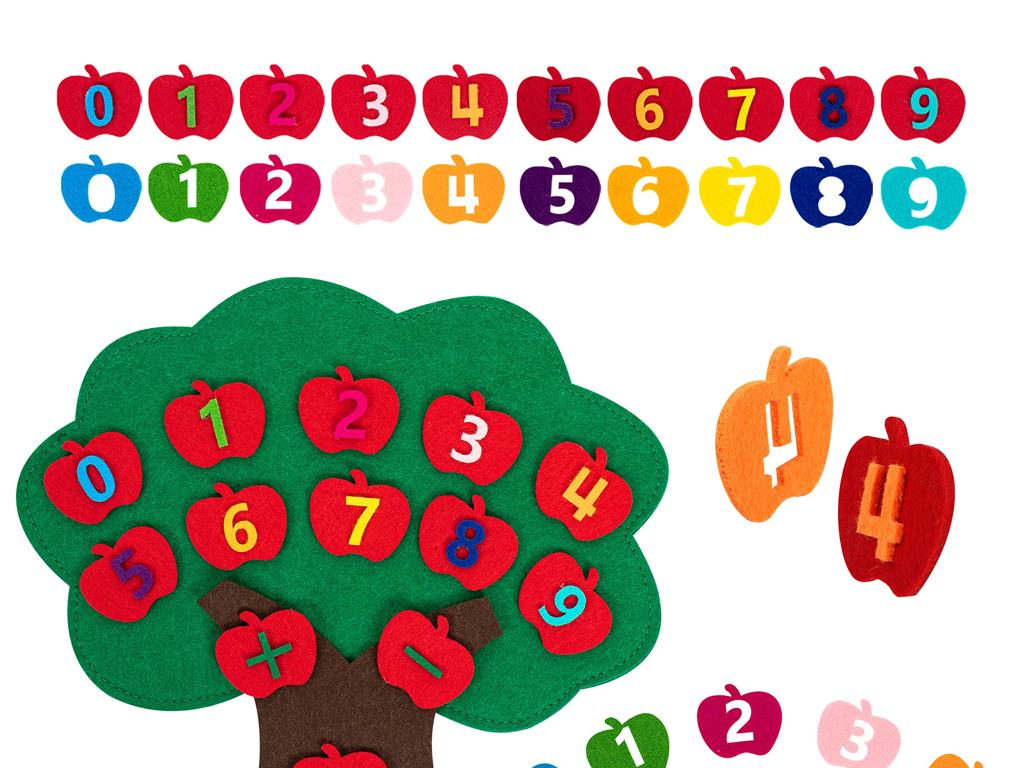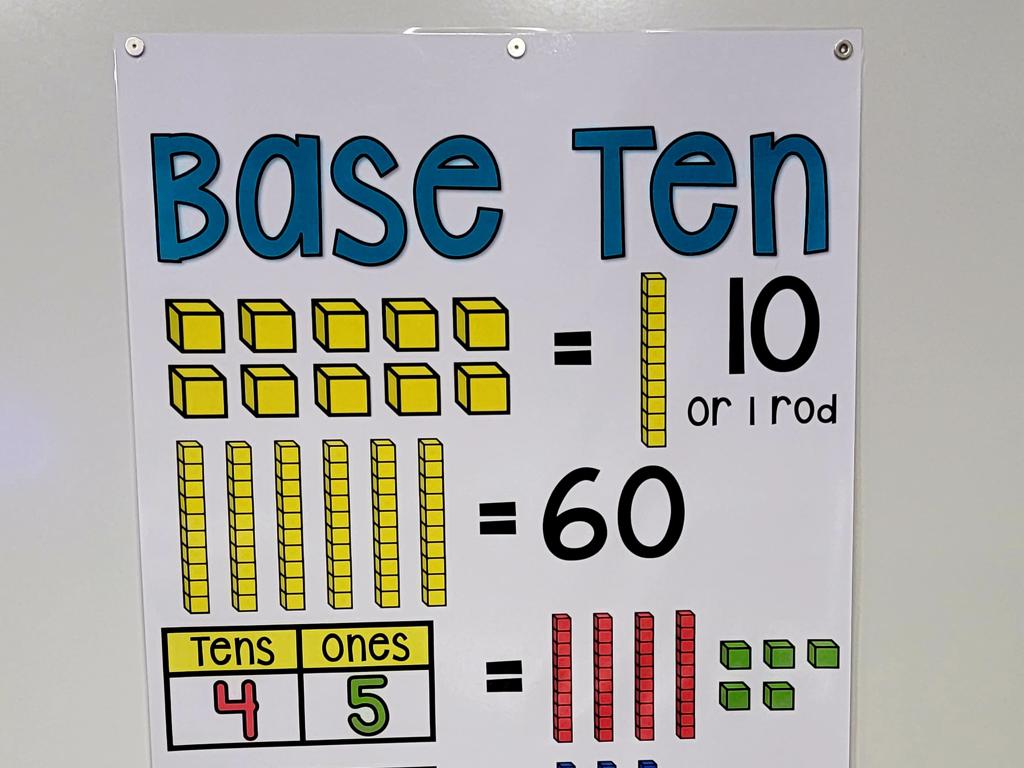Abraham Lincoln
Subject: Social studies
Grade: Second grade
Topic: Historical Figures
Please LOG IN to download the presentation. Access is available to registered users only.
View More Content
Getting to Know Abraham Lincoln
– Meet the 16th U.S. President
– Why Lincoln is important
– Led the country during Civil War, ended slavery
– What does a President do?
– Leads the country, makes big decisions
– Lincoln’s role in history
– Lincoln helped to make all people free and equal
|
This slide introduces Abraham Lincoln to second graders, emphasizing his significance as the 16th President of the United States. It’s crucial to convey why Lincoln is a key historical figure by discussing his leadership during the Civil War and his efforts to end slavery with the Emancipation Proclamation. Explain the role of a President in simple terms, focusing on leadership and decision-making. Highlight Lincoln’s contributions to the idea of freedom and equality in America. Use simple language and relatable concepts to help students understand Lincoln’s impact on history. Encourage students to ask questions about what they would do if they were President.
Abraham Lincoln’s Early Life
– Born in a Kentucky log cabin
– A simple home in the woods
– Lincoln loved reading and learning
– Books were his best friends
– Self-educated with limited schooling
– Used books to learn on his own
– Hard work led to self-improvement
– His dedication helped him grow
|
This slide introduces students to the humble beginnings of Abraham Lincoln, emphasizing his love for reading and self-education despite limited formal schooling. Highlight Lincoln’s determination to learn and improve himself, which is an important lesson for students about the value of education and hard work. Discuss the concept of a log cabin and how it represents a simple life. Encourage students to think about how they can learn from books just like Lincoln did. Share that Lincoln’s dedication to learning played a significant role in his journey to becoming one of the most respected presidents of the United States.
Lincoln Becomes President
– Abraham Lincoln: 16th President
– Led USA during the Civil War
– A tough period with many battles
– Worked to unite the nation
– He believed in ‘One country, united’
– Presidency began in 1861
|
Abraham Lincoln was the 16th President of the United States, taking office in 1861. He is remembered for his leadership during the Civil War, a challenging time when the country was divided into the North and South. Lincoln’s main goal was to keep the United States together as one nation. He worked tirelessly to achieve this, believing that unity was essential for the country’s future. This slide aims to introduce students to Lincoln’s role as a leader during a pivotal moment in American history. Encourage students to think about the importance of unity and how a leader’s decisions can impact a country.
Abraham Lincoln and the Emancipation Proclamation
– Lincoln issued a special paper in 1863
– It was called the Emancipation Proclamation
– It helped to free many people
– Slaves were people who were not free
– This paper was a step towards fairness
– Fairness means treating everyone the same
– Everyone should be treated equally
|
This slide introduces the Emancipation Proclamation, a significant historical document issued by President Abraham Lincoln. It’s crucial to explain the context in simple terms that second graders can understand. Emphasize that President Lincoln made a big decision to help free people who were not treated fairly. Discuss the concept of equality and why it’s important that all people are treated the same. Use the slide to prompt a discussion about fairness and how the Emancipation Proclamation was a step towards achieving it. Encourage students to think about what it means to be free and to treat others with respect.
Abraham Lincoln’s Legacy
– Remembered for courage and honesty
– Honest Abe was brave and truthful
– Led the nation during the Civil War
– He helped keep the country together
– Worked to end slavery
– Fought for freedom of all people
– His face is on money
– Look at a penny or a five-dollar bill
|
Abraham Lincoln, often referred to as ‘Honest Abe’, is celebrated for his strong leadership and moral character, especially during challenging times like the Civil War. He is also known for the Emancipation Proclamation, which was a big step towards ending slavery in the United States. Lincoln’s legacy is so significant that his likeness is featured on two forms of currency that children are likely familiar with: the penny and the five-dollar bill. This slide aims to give students a brief overview of why Lincoln is an important figure in American history and how his actions still impact us today. Encourage the students to bring in a penny or a five-dollar bill for the next class to see Lincoln’s face on the currency.
Remembering Abraham Lincoln
– Lincoln honored with memorials
– Statues and memorials celebrate his impact.
– Visit the Lincoln Memorial
– In Washington, D.C., it’s a place to reflect on his contributions.
– Learn about Lincoln’s life
– Discover stories about his leadership and values.
– Ways to honor Lincoln today
– Discuss how we can show respect for his legacy in our actions.
|
This slide aims to teach second-grade students about the ways in which Abraham Lincoln is honored and remembered. Begin by explaining what memorials and statues represent and why Abraham Lincoln, as an important historical figure, has many across the country. Highlight the significance of the Lincoln Memorial as a national symbol and a place to learn about his contributions to American history. Engage the students by asking how they think we can honor Lincoln’s memory today, which can include acts of kindness, learning about history, and participating in community services. This discussion can help instill a sense of respect for historical figures and the importance of their legacies.
Class Activity: Create a Lincoln Hat
– Make a Lincoln hat from paper
– Decorate your hat creatively
– Write an Abraham Lincoln fact inside
– What did you find interesting about Lincoln?
– Share your hat and fact with everyone
|
This activity is designed to combine creativity with learning. Provide the students with black construction paper to create hats resembling Abraham Lincoln’s iconic top hat. Assist them in decorating their hats and guide them to write a fact about Lincoln that they found interesting or important inside the hat. Once completed, organize a show-and-tell session where each student can present their hat and share the fact they’ve written. This will help reinforce their knowledge about Abraham Lincoln and allow them to practice their presentation skills. Possible facts could include Lincoln’s role as the 16th President, his leadership during the Civil War, the Emancipation Proclamation, or his childhood in a log cabin.

